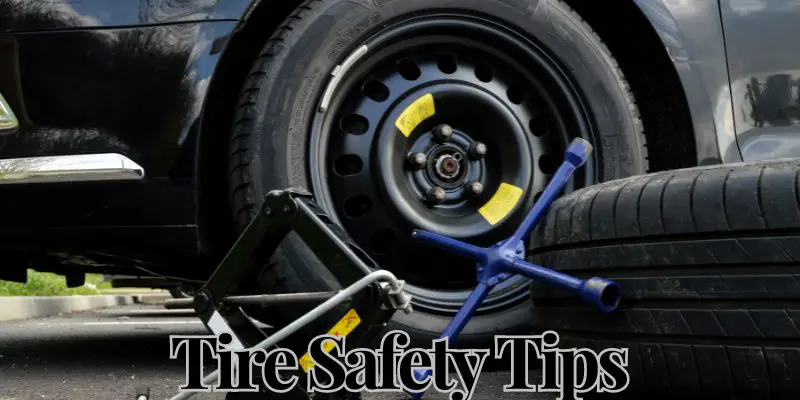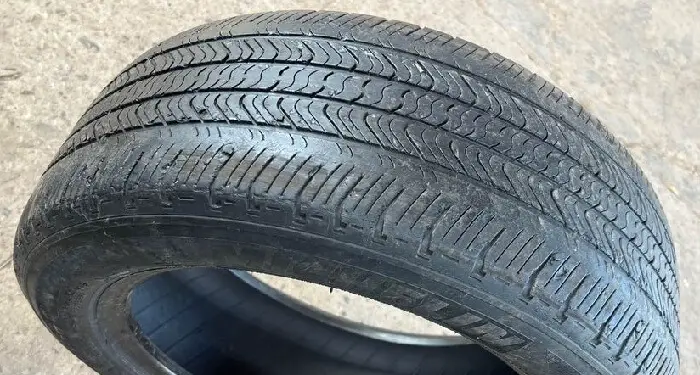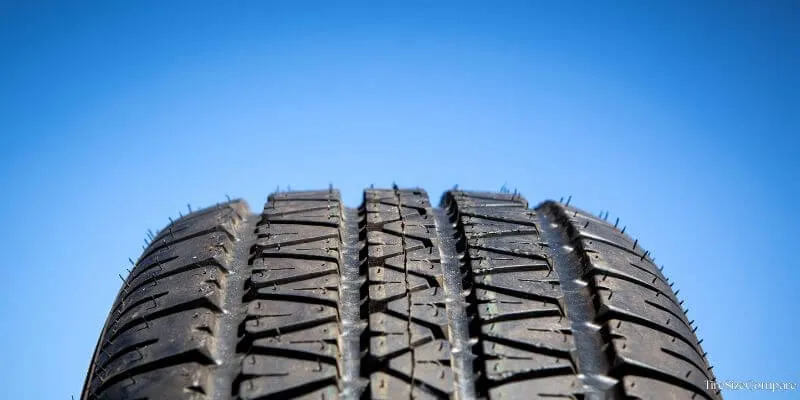Tire Safety Tips

Ensuring tire safety is crucial for a safe and smooth driving experience. Properly maintained tires can prevent accidents, improve fuel efficiency, and extend the lifespan of your vehicle. By following a few simple tips, you can keep your tires in excellent condition and ensure your safety on the road.
List of Tire Safety Tips
Our list covers everything from pressure checks to alignment, helping you prevent accidents and save money.
Check Tire Pressure Regularly
Maintaining the correct tire pressure is essential for both safety and performance. Under-inflated tires can lead to poor handling and increased wear, while over-inflated tires can reduce traction.
Check your tire pressure at least once a month using a reliable gauge. Refer to your vehicle’s manual or the label inside the driver’s door for the recommended pressure levels.
Inspect Tread Depth
The tread depth of your tires affects your vehicle’s ability to grip the road, especially in wet conditions. Use a tread depth gauge or the penny test to check for adequate tread.
Insert a penny into the tread with Lincoln’s head facing down; if you can see the top of his head, it’s time to replace your tires.

Rotate Tires Regularly
Regularly rotating your tires promotes even wear, which can extend their lifespan and improve your vehicle’s performance. Most manufacturers recommend rotating tires every 5,000 to 8,000 miles. Follow your vehicle’s maintenance schedule and consult your manual for specific guidance.
Balance and Align Tires
Proper tire balance and alignment are vital for a smooth ride and even tire wear. If you notice your vehicle pulling to one side or experiencing vibrations, it may be time for an alignment.
Have your tires balanced and aligned by a professional mechanic to ensure optimal performance and safety.
Avoid Overloading Your Vehicle
Overloading your vehicle puts extra stress on your tires, leading to increased wear and the risk of a blowout. Check your vehicle’s load capacity in the manual and avoid exceeding it. Distribute weight evenly and avoid carrying unnecessary heavy items.
Practice Safe Driving Habits
Practicing safe driving habits is just as important as maintaining your tires. Avoid aggressive driving, such as speeding, hard braking, and sharp turns, as these can put extra stress on your tires and increase the risk of a blowout.
Always obey posted speed limits and adjust your driving to suit weather conditions, such as slowing down on wet or icy roads.

Store Tires Properly
If you need to store tires, do so correctly to prevent damage. Keep them in a cool, dry place away from direct sunlight and sources of heat. Store them upright or stacked horizontally, and avoid placing heavy objects on top of them.
Be Aware of Tire Age
Even if your tires appear in good condition, they can degrade over time. Most manufacturers recommend replacing tires every six years, regardless of tread wear. Check the manufacture date on the sidewall of your tire to determine its age.
Check for Damage
Regularly inspect your tires for signs of damage, such as cuts, punctures, cracks, or bulges. Any visible damage should be evaluated by a professional to determine if the tire can be repaired or needs to be replaced.
Use the Right Tires
Ensure you’re using the correct tires for your vehicle and driving conditions. Consider seasonal tires if you live in an area with harsh winters or high-performance tires for enhanced handling. Using the right tires can significantly improve safety and performance.

How Often Should I Check My Tire Pressure?
It’s recommended to check your tire pressure at least once a month and before long trips.
What is the Penny Test for Tread Depth?
Insert a penny into the tire tread with Lincoln’s head facing down. If you can see the top of his head, your tread is too worn and it’s time to replace your tires.
How Can I Tell if My Tires Are Properly Aligned?
Signs of misalignment include the vehicle pulling to one side, uneven tire wear, and steering wheel vibration. If you notice these signs, have your alignment checked by a professional.
Why is It Important to Rotate My Tires?
Rotating your tires ensures even wear, which can extend the lifespan of your tires and improve your vehicle’s performance.
How Often Should Tires Be Replaced?
Tires should be replaced every six years, regardless of tread wear, or sooner if they show signs of damage or excessive wear.
Conclusion
Tire safety is a crucial aspect of vehicle maintenance that every driver should prioritize. By following these tips and staying vigilant about your tires’ condition, you can significantly improve your safety on the road.
Remember, your tires are the only point of contact between your vehicle and the road – taking care of them means taking care of yourself and others.



